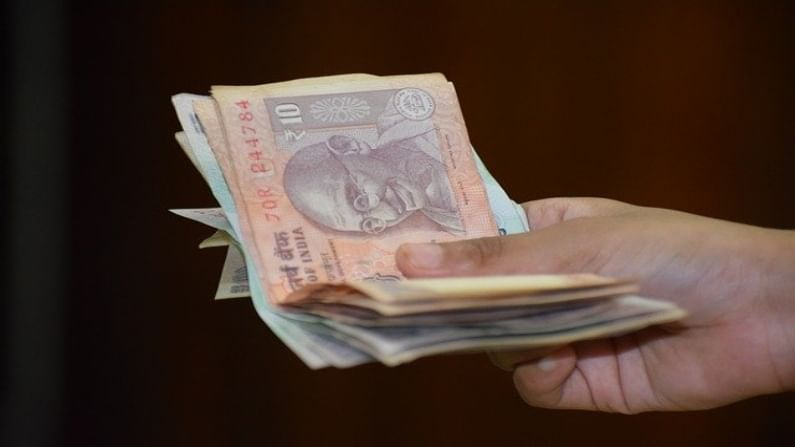Record GST collections bode well for Indian taxpayers
The latest revenue numbers hold promise — for the fiscal health of the states and the Centre — for welfare spending and most importantly, for the possibility of moving towards a lower rate regime

A sustained six-month rise in Goods and Services Tax (GST) revenues, including the record Rs 1.24 lakh crore collected this March, has come as a big relief to India’s central and state governments and bodes well for Indian consumers.
The data underscores that federal India’s tryst with an unified indirect tax regime has withstood the Covid-19 pandemic and is maturing in its fourth year of existence. The recent rise in collections, if sustained, also implies that the revenue shortfall of the Centre and states will reduce, which in turn could provide a positive impetus to overall economic activity and organised sector jobs.
A deeper analysis of the recent performance in GST collections reveals it is not just a quick revival in economic activity, but a sustained data-driven effort against fake-billing evasion and the closure of design loopholes that has led to higher collections.
Beginning April and well into the third lockdown in the fiscal year that just got over, GST collections fell to levels (see chart) that left states and the Centre in despair and since indirect taxes are those that are levied on consumption, the decline was even more worrying for a government revenue basket that is increasingly tilting away from direct taxes on income. (Taxation policy purists have always maintained that indirect taxes are less equitable than taxes on income, as they fail to distinguish and take into account income disparities. Should a biscuit eaten by a crorepati be taxed the same as that consumed by a labourer?)
Coming back to our theme of rising GST revenue is good for the economy – it is important to note that higher revenues mean several things. For instance, if the expected tax buoyancy from a particular sector under the GST materialises, then the government would have lesser incentive to levy high excise and sales tax on fuels. To expect this immediately is far-fetched, but tax policy and reform is usually a medium-term process and yields results gradually. A seed sown now will grow into a tree and yield fruit once it matures.
Prime Minister Narendra Modi had taken a huge gamble in the third year of his first government to greenlight the GST. The tax bureaucracy and finance ministry mandarins of the states and the Centre rushed through the implementation of a tax that proved to be anything but good and simple. In its desire to implement the move, the union government had bent over backwards to accommodate the states, with the then finance minister, the late Arun Jaitley, agreeing to compensate them for any shortfalls in revenue.
That compensation assurance and the simultaneous compromise that left out some important goods like alcohol and petroleum from the GST net, was what brought the states on board in 2017. Equally, it was this very same assurance of central compensation for shortfalls came back to haunt the present finance ministry last year after the massive lockdown led to a drop in revenues.
It is in this context, the latest revenue numbers hold promise — for the fiscal health of the states and the Centre — for welfare spending and most importantly, for the possibility of moving towards a lower rate regime and a reduction or compression of the number of tax slabs that currently bedevil the edifice of the GST.
It is the latter that is crucial. The GST needs to be simplified, its base expanded to bring in hitherto excluded items and the peak rate be moderated in a manner that supports middle and lower-middle class consumption. While the current rate of GST on sin goods or luxury items in India is among the highest in the world, a realistic and politically astute analysis would belay any hopes of reductions in that, unless revenues improve significantly.
It is a no-brainer that GST rates ought to be moderated, as that step would provide a fillip to economic activity and help boost consumption and job growth. Remember, cuts in indirect taxes in the aftermath of the 2008 global financial crisis had helped India insulate its economy from the turmoil.
For the cash-strapped Centre as well as the states, rising GST revenues should logically lead to a fresh appraisal of the infirmities in the current architecture and make 2022, the 75th year of India’s independence, the annum when the GST finally delivers on its promise of being a good and simple tax.
(The writer is a senior journalist and public policy commentator. Views expressed are personal. His Twitter handle is @szarabi)